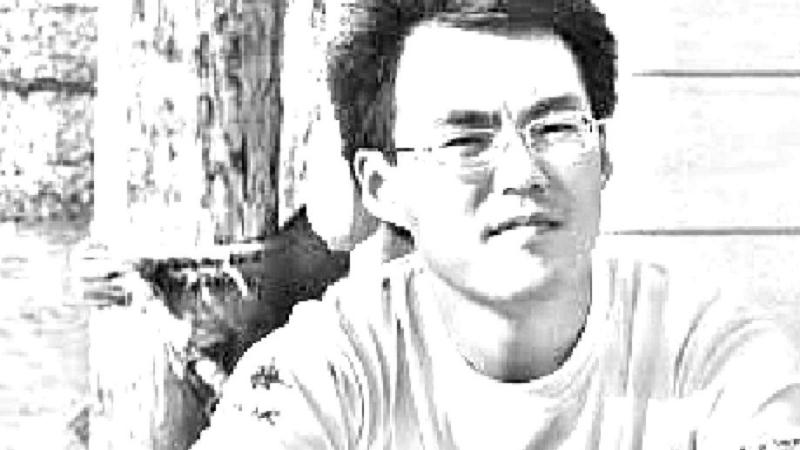May 26, 2015

Troy, N.Y. – Rongjie Lai, an expert in three-dimensional object recognition, has been appointed assistant professor in the Department of Mathematical Sciences within the School of Science at Rensselaer Polytechnic Institute. Lai joins Rensselaer from the University of California, Irvine.
Researching in the field of numerical partial differential equations and computational differential geometry, Lai uses mathematical techniques to develop global tools for extracting information from discrete data points representing nonlinear objects.
“The tools that Dr. Lai is developing will enable us to recognize and compare three-dimensional objects ranging from organs of the body to structures in the universe,” said Curt Breneman, dean of the School of Science at Rensselaer. “This is a generation of analysis that we are just beginning to realize, and it will revolutionize our ability to gain insights from high-dimensional datasets. We welcome Rongjie to Rensselaer.”
As Lai explains, data points in two-dimensional objects like photographs share a common domain – in this case the x/y coordinates of information within the image – making it relatively easy to reach common ground for comparisons between those two objects. However, among high-dimensional objects (in one example, Lai uses convoluted 3-D outlines of the human hippocampus) there is no straightforward way to know how a data point on one object corresponds to a data point on another other high-dimensional object. Or in Lai’s terminology, there is no “canonical domain” for datasets of high-dimensional objects.
“Visually we can tell they are the same shape, but absent a canonical domain, a computer cannot distinguish between them,” said Lai. “Fortunately, mathematics offers a path.”
The first step is to develop an approach to solve the problem. With a simple three-dimensional shape, for example, you could cover the object in a triangle mesh, which reduces the shape to easily solvable geometry. However, this approach breaks down on high-dimension datasets, such as a series of images of the same object taken from multiple perspectives.
“We have to develop tools that rely on the data itself to solve the equation,” Lai said. “We must build up tools that will allow us to patch together information globally, regardless of the dimensions involved. This is the goal of my research.”
Lai received a bachelor’s degree in biology from the University of Science and Technology in China, a master’s degree in mathematics from the Academy of Mathematics and Systems Science, Chinese Academy of Sciences, and a doctoral degree in applied mathematics from the University of California, Los Angeles.